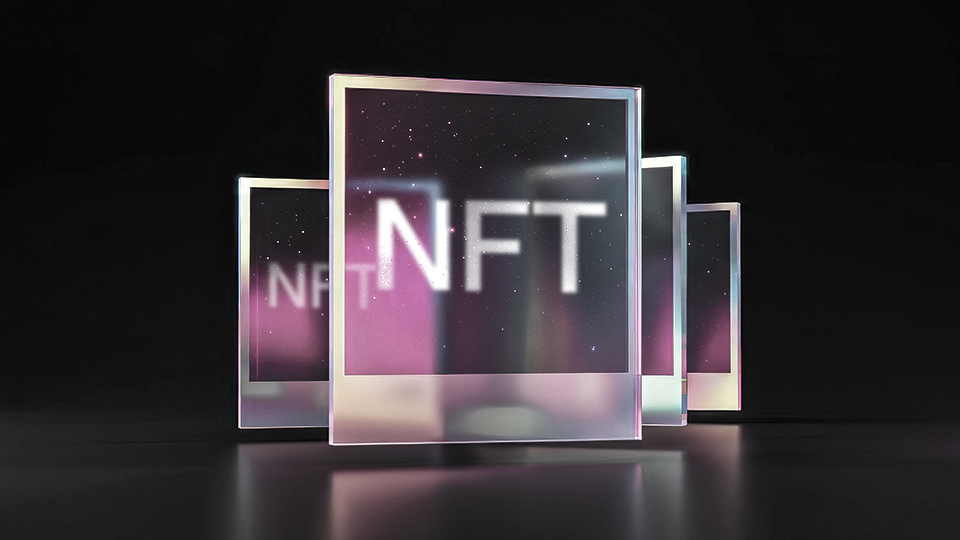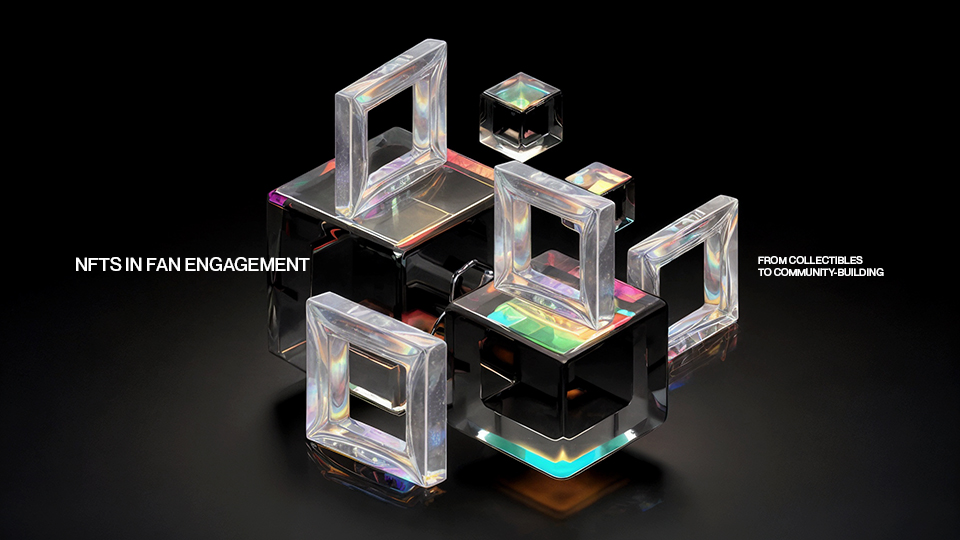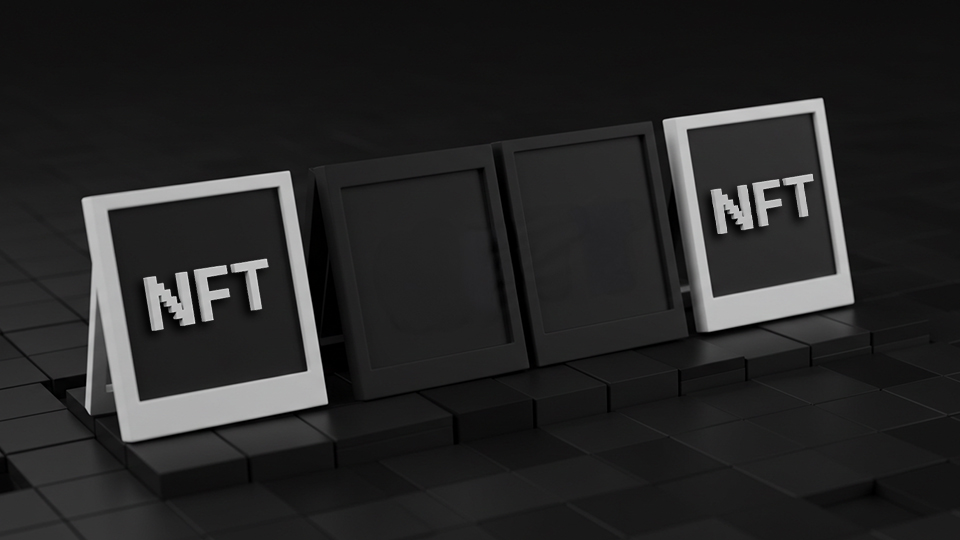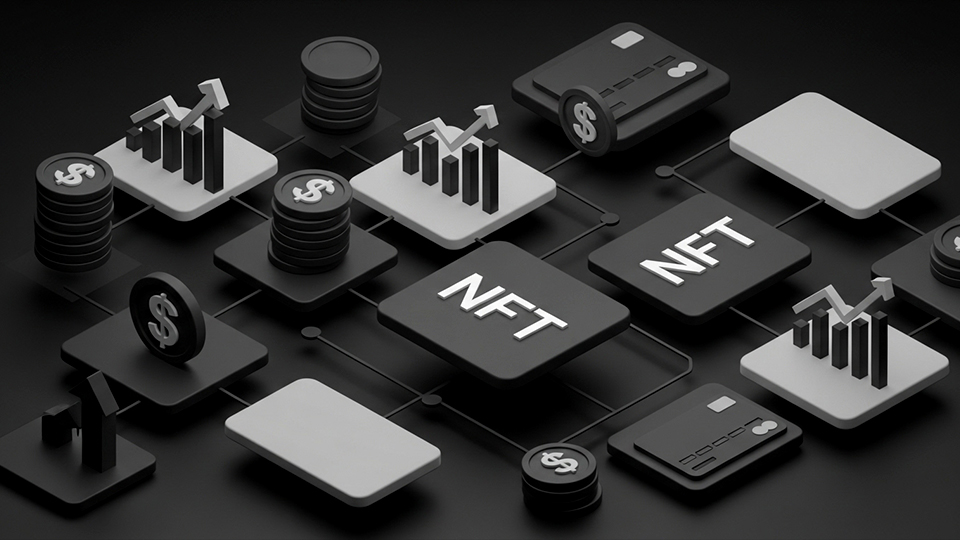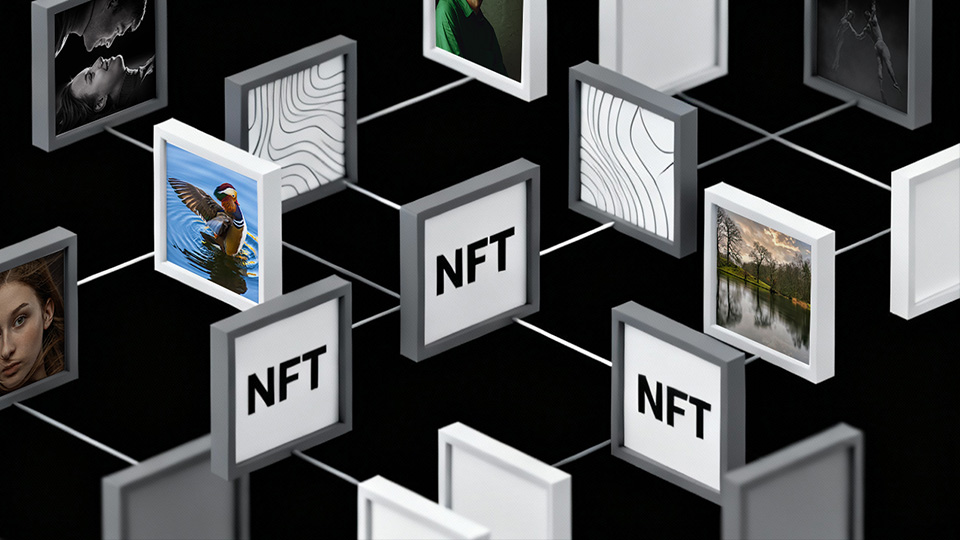NFTs in Fan Engagement: From Collectibles to Community-Building
Once primarily known for enabling the trade of unique digital assets like artwork and gaming items, NFTs are now evolving into tools that empower community-driven engagement, particularly in industries such as sports, entertainment, and fashion.
By providing verified digital ownership, NFTs offer fans not just content to consume, but assets to own, trade, and use for access and interaction. This transformation—from passive audiences to active participants—marks a significant innovation in how loyalty and community are cultivated in the digital age.
The Broader Role of NFTs in Fan Engagement
Traditional fan engagement models have relied heavily on social media, merchandise, and exclusive content. While effective, these models often maintain a one-directional relationship between creator and audience. NFTs offer a new dynamic: token holders can gain access to perks such as limited-edition goods, digital experiences, governance rights, and exclusive events—making them part of the decision-making and content creation process.
Key benefits of NFTs in fan engagement include:
- Authenticity: Blockchain ensures transparent and verifiable ownership of digital items.
- Exclusivity: Limited drops and one-of-a-kind NFTs create scarcity and value.
- Access: NFTs can function as membership passes for events, communities, or digital platforms.
- Participation: Fans can vote on content, collaborate with creators, or influence brand direction.
Let’s explore how these ideas are being applied across different sectors.
Case Study 1: NBA Top Shot – Redefining Sports Fandom
NBA Top Shot, developed by Dapper Labs in partnership with the NBA, is one of the earliest large-scale implementations of NFTs for fan engagement. Launched in 2020, it allows fans to collect and trade officially licensed video highlights—known as “Moments”—which are authenticated and stored on the Flow blockchain.
Beyond simple collecting, Top Shot introduced gamified features like challenges and pack drops that drive ongoing engagement. It also creates a peer-to-peer marketplace and community forums, making it a social experience. Fans don’t just watch the game—they own a piece of its history and participate in a growing digital space.
Case Study 2: RTFKT Studios – Merging Fashion with Virtual Identity
RTFKT Studios, acquired by Nike in 2021, is a leading digital fashion house that merges NFTs with gaming and metaverse aesthetics. Known for its futuristic virtual sneakers and wearables, RTFKT has launched projects such as CloneX, an avatar-based NFT collection made in collaboration with artist Takashi Murakami.
These digital collectibles offer more than just visual appeal. Holders receive benefits such as access to virtual events, early product releases, physical merchandise, and creative input into future designs. RTFKT’s work demonstrates how NFTs can function as passports to immersive brand experiences—transforming consumers into co-creators.
Case Study 3: Music and Media – Kings of Leon’s NFT Album
In 2021, the rock band Kings of Leon became one of the first major artists to release an album as an NFT. The project included three types of tokens: one for the album itself, one for exclusive audiovisual art, and one that provided front-row concert tickets for life.
This innovative approach gave fans not only access to new music, but also digital and physical rewards that extended beyond the listening experience. It showed how NFTs can serve as bundled experiences that deepen the artist-fan relationship while generating new revenue streams for creators.
Case Study 4: Fashion Goes Digital – Dolce & Gabbana’s Collezione Genesi
In 2021, Italian fashion house Dolce & Gabbana entered the NFT space with its Collezione Genesi, a digital fashion drop featuring both virtual and physical couture. The NFT collection generated millions in sales and offered exclusive access to runway shows and private brand experiences.
This initiative highlights how luxury fashion brands are leveraging NFTs to offer exclusivity, traceability, and status—enhancing loyalty while exploring new creative formats.
From Collecting to Belonging
The examples above reflect a larger trend: NFTs are becoming social and experiential tools. Rather than being static assets, NFTs are now entry points into interactive, decentralized communities. Token holders may gain access to private groups, voting rights, IRL events, and opportunities to co-create alongside brands and artists.
The result is a more participatory model of engagement where fans become stakeholders—not just consumers.
Considerations and Future Outlook
While the use of NFTs for fan engagement is expanding rapidly, there are challenges to address:
- Scalability: High gas fees and environmental concerns have prompted the search for greener, more efficient blockchains.
- Regulation: Unclear regulatory frameworks raise questions about the classification and taxation of NFTs.
- Long-Term Value: Projects must offer sustained utility to maintain fan interest and prevent speculative downturns.
Nonetheless, as blockchain infrastructure matures and Web3 tools become more accessible, the potential for NFTs to transform fan relationships is significant. More creators, teams, and companies are likely to explore how NFTs can deepen engagement and unlock value through collaboration and community.
